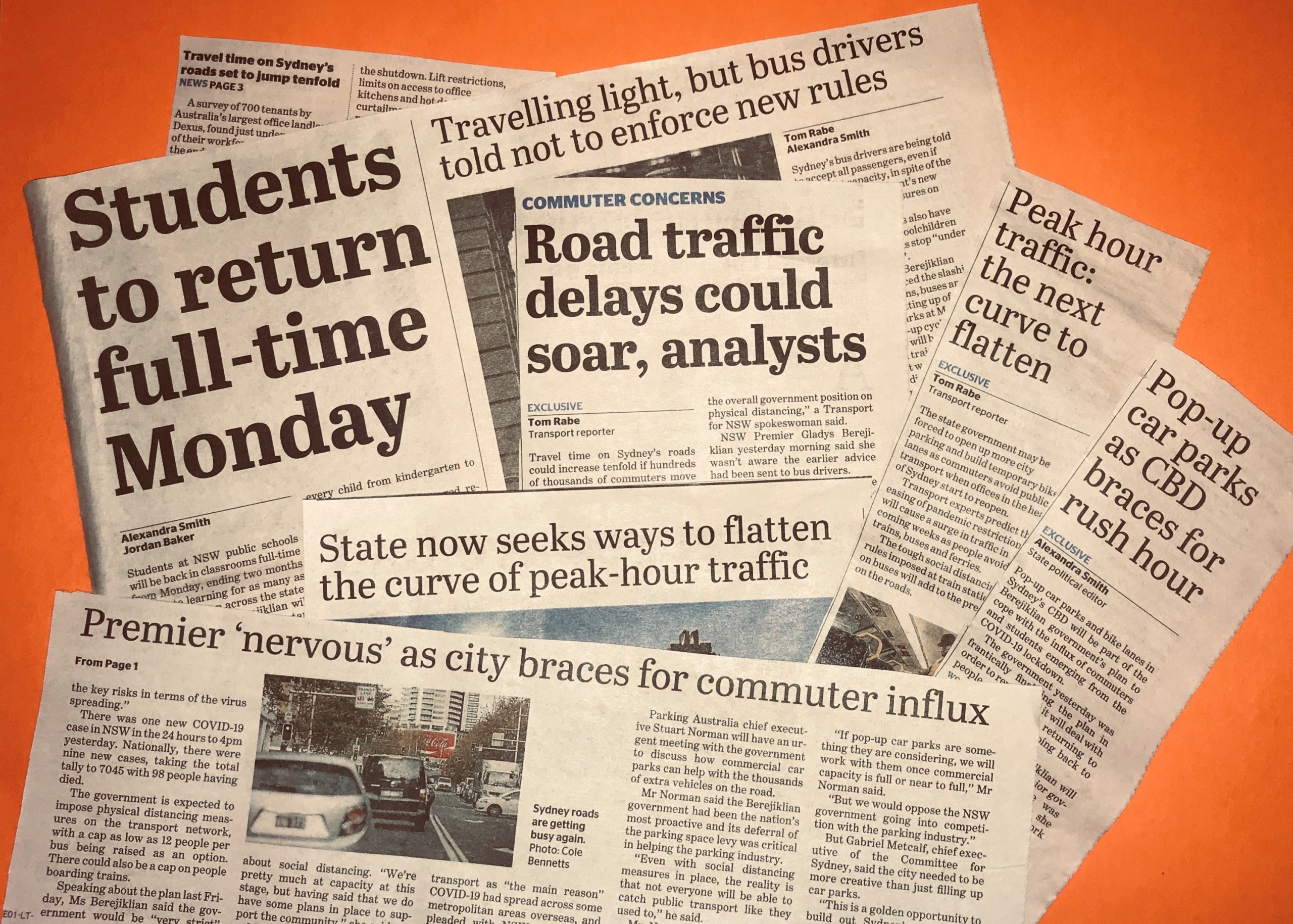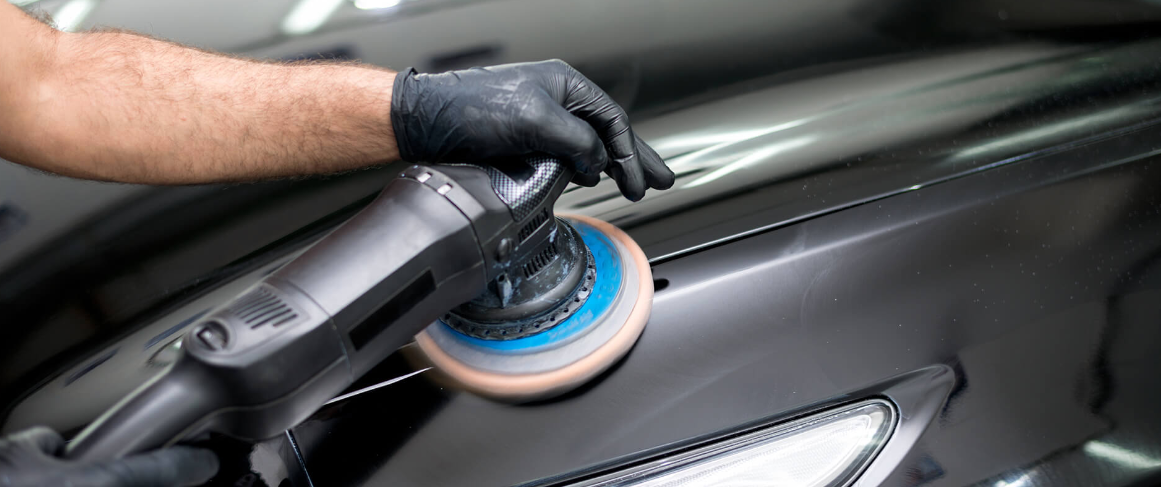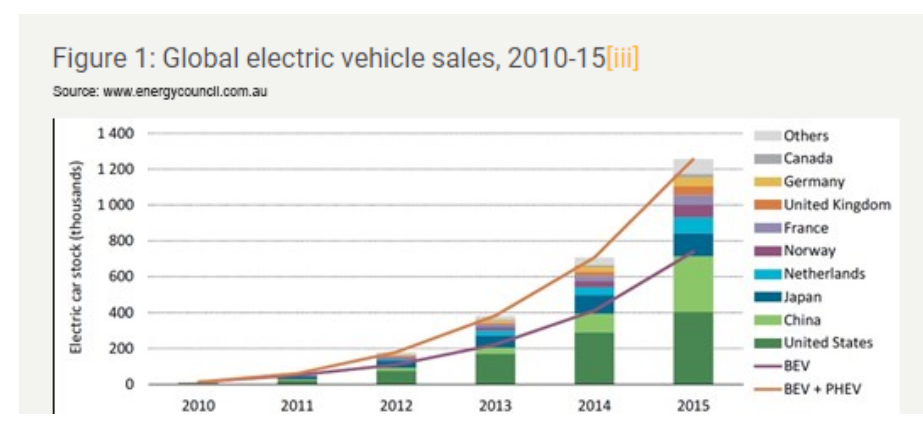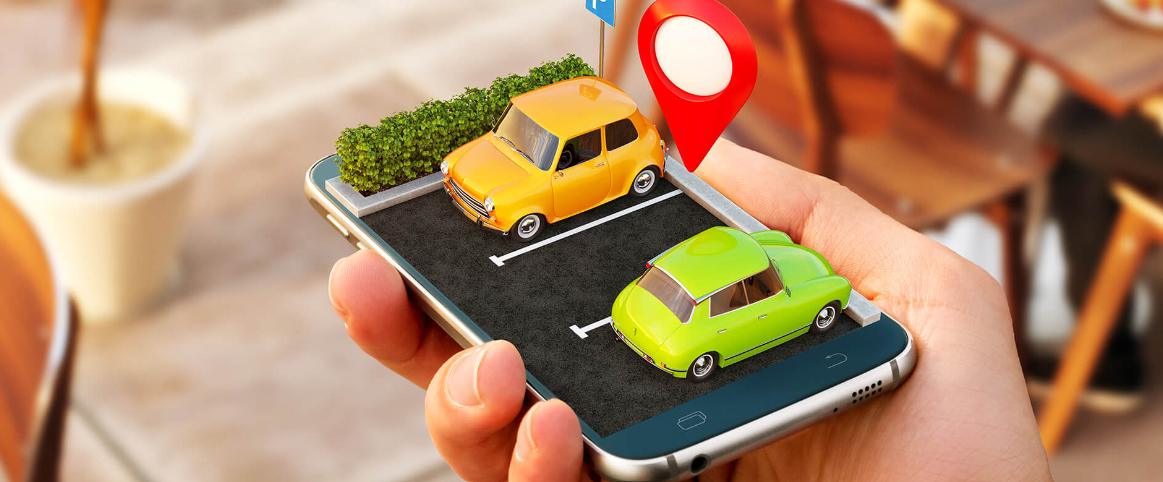The NSW Premier Gladys Berejiklian has advised that public transport was the main reason COVID-19 spread in various metropolitan areas overseas. Yet as lock downs ease, we’re already seeing that people using public transport are breaking physical distancing guidelines.
The easing of lock downs is welcome and necessary economically, and yet creates other tests for our society. Public transport in some of our cities struggled to cope with demand on the best of days pre-pandemic. State Governments now grapple with the challenge of how to get people safely to and from work in the era of physical distancing, where the new rules significantly reduce carrying capacity on public transport. I also suspect many people will re-evaluate the cost of private motor vehicle use, tolls and parking fees when weighing the risks of using public transport; now considered a high-risk activity. Until a vaccine is found, the days of cramming people into public transport needs to be consigned to history.
Taking a car to work is not necessarily an easy choice.
“We are looking at basically ‘carmageddon’, where all the roads are full with the people that were on buses and trains [but are now] in cars,” said University of Technology transport expert Mathew Hounsell in a Sydney Morning Herald article recently.
Despite considerable financial difficulties in recent months, this is the time for parking industry and asset owner groups to step-up. To make better use of available technology to manage congestion, to share space more efficiently and to operate safe, contactless facilities.
The onus is on the government to partner with industry groups to both invest in parking technology solutions and help to make parking more affordable.
Demand for parking will surge in the coming months. Underutilised commercial car parking will soak up some of this demand. Pop-up car parks, temporary bike paths, staggered work hours are part of the plan for various local and state governments to help manage congestion. Some of these measures are likely to be short term and/or limited in scope. Whilst helpful, we should be turning to available technologies and solutions to do more. This is no longer a question of convenience; it is a matter of public health. Technologies exist that can help by:
1. Establishing “contactless” entry and exit to parking facilities with modern Access Control Solutions.
2. Improving the more efficient use of available parking spaces in existing car park facilities with Parking Guidance Solutions (PGS). Note, most drivers think a car park is full even when 10% of spaces are free, unless a PGS is in place.
3. Displaying real-time parking availability data in congested precinct areas with Precinct Signage. Note: past studies have shown that up to 30% of city traffic congestion is caused by drivers looking for parking and a recent City of Geraldton report showed that “there is an incorrect perception of shortage of parking bays with average vacancy at peak demand time being greater than 25%.”
Our Government has shown leadership in a crisis and taken many hard decisions in recent months. Australians too have been remarkable in taking individual responsibility for flattening the curve. Our community response has been a powerful constraint on spread of the virus. Now, despite the immense financial pressures, is the time for the parking industry as a collective to step up, make use of all available measures and technologies in order to help our cities to remain safe as the population returns to work in coming months.




